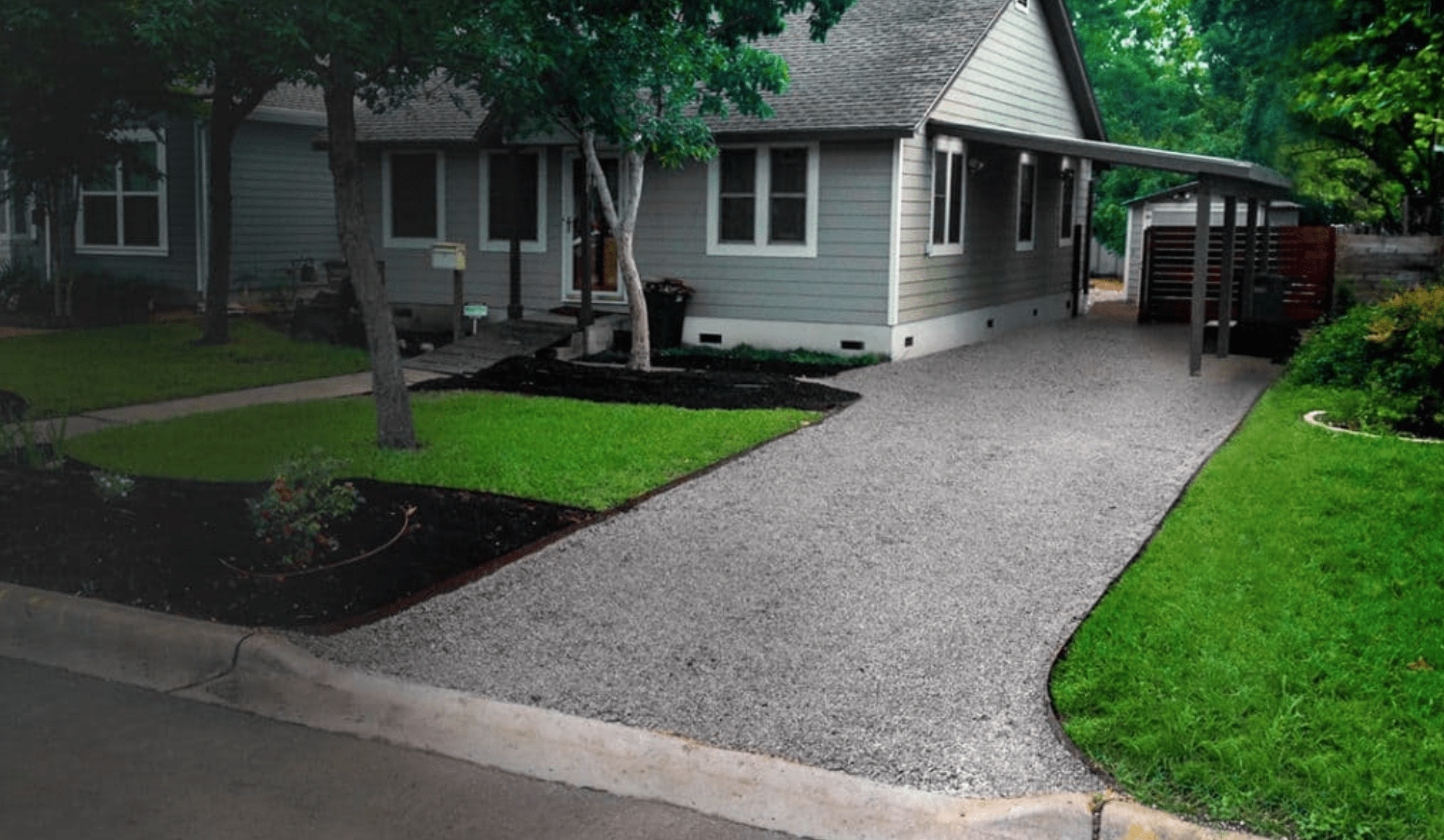
A driveway is an integral part of any home and can have a huge impact on curb appeal - and potential home value. While there are many materials to choose from when designing your driveway, segmented driveway paving offers plenty of design options and maintenance advantages.
Even with the diversity of home designs and individual family needs, getting your driveway paving looking right has never been easier. You’ll be surprised how well driveway paving will look and work for you – you are limited only by your imagination.
At Boca Raton Pavers we have many driveway paving options to suit a range of needs, from traditional Ezi-Pave clay driveway pavers to the contemporary and exclusive Colonnade concrete pavers. Below are some of types of driveway materials which you can observe.
Driveway paving materials fall into two main categories: solid-surface (i.e., smooth, seamless, even surfaces) and aggregate-surface. The most popular options lie in the first category, led by asphalt and concrete. The "odd ball" of driveway paving materials is tar-and-chip. It is similar to asphalt, but it doesn't provide a smooth enough surface for snowblowing.
Aggregate-surface driveway paving materials include gravel and crushed stone. Driveway pavers lie somewhere in between these two main categories because there are cracks between the individual pavers. Although these pavers are individual components that are pieced together to form a whole, some types of pavers can, if laid properly, form an almost seamless, even surface, with no raised areas to give your snowblower fits.
Concrete is a favored material for driveways, and for good reason. Concrete slabs are very strong and durable, and they require very little maintenance. The combined strength and longevity make concrete a relatively good value for large areas of paving. As a driveway surface, concrete is more expensive than gravel and asphalt, but it is considerably less expensive than a driveway made with brick, cobblestone, or concrete pavers—and it typically outlasts all of these.
Although plain concrete can be rather dull in appearance, concrete can also be colored and stamped to create a unique and attractive surface. Concrete is sometimes mistakenly known as cement, but in reality, the term cement refers to just one component that makes up concrete. Concrete is a composite material made up of various types of stone aggregate that are held together with a mixture of water and lime-based binder—usually Portland cement. The cement itself is a pulverized powder made from limestone and clay. The size of the aggregate in the concrete mixture can vary, depending on the intended use of the concrete. For typical structural construction used, concrete is formed with gravel-sized aggregates, but for finer work and smoother finished surfaces, finer sands can be used as the aggregate. The typical mixture used in driveway slabs, sidewalks, and other paving surfaces usually uses a mixture of aggregate ranging from gravel to sand-sized particles.
When first mixed, concrete is a pourable slurry that can be shaped to whatever form is required. It then gradually hardens as the concrete cures. The hardening process continues for many months—even years—although a few days of curing make it hard enough for most uses.
In many applications, concrete is strengthened by placing steel metal reinforcement wire or rebar within the slab. Other ingredients can also be added during mixing, such as agents that improve strength or slow drying time.